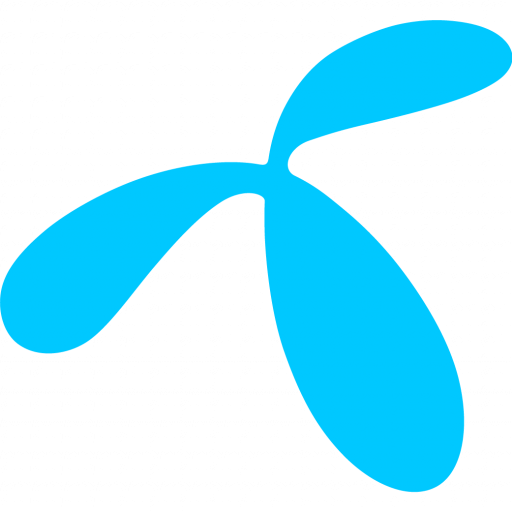Recommendations for IoT Projects in APAC
Digital development in the Asia-Pacific Region is fragmented with some countries at the forefront of global developments, while others are still at early stages. However, no matter the stage of development, if we zoom out there are two major factors driving growth throughout APAC: industrial automation and widespread access to the internet.
March 6, 2023
To be successful in an increasingly connected world requires digitalization and IoT, and access to expertise using key partners. The good news for enterprises is that they can draw on the wealth of experience, knowledge and learning experience from IoT projects already deployed in both APAC and globally, from experienced partners such as Telenor.
Asia-Pacific will not be behind the global adoption curve for long, with 20% of enterprises anticipating their IoT deployments to reach beyond 500,000 devices connected within the next 12 months, and over 38.9 billion IoT devices expected in total circulation by 2030.
Unique challenges drive this market in ways not seen in the rest of the world – population growth in megacities combined with a need to reach widely spread remote areas, the increasing pressures of urban mobility and energy demand, and the wider political landscape (including newly introduced/revamped policies or guidelines to steer deployment). This takes place in an IoT vendor market that is fragmented, with enterprises challenged by complexity and concerned by cybersecurity.
IoT and digitalization are no longer an option for enterprises in the region, but a necessity – as technology hardware, connectivity and software take centre stage in the digital future.
With such acceleration in deployment, enterprises should consider the following with their projects:
Considerations for IoT projects
Consider connectivity from the country-level.
Connectivity choices are key for any project, and no single size fits all. However, as enterprises scale their adoption, 36% of Omdia survey respondents in APAC highlight a need to seek support from IoT service providers. The ever-evolving connectivity landscape is driving new network concepts, such as 6G already under research in several countries such as Singapore and South Korea, even whilst technologies such as LoRaWAN remain very popular. Enterprises and vendors need to consider country-specific factors, from geographical landscape, to the economical wealth/strength to rollout networks such as 5G, and to the end-user’s knowledge on how to manage/leverage the networks being deployed. This is particularly true as the next wave of growth comes from beyond only established markets (South Korea, Japan, China, Australia), but from emerging markets such as Thailand, Pakistan, and Bangladesh.
Seek proven integrated IoT security solutions.
IoT cybersecurity is critical to APAC enterprises, especially as more workloads are being managed online. Enterprises need IoT service providers with credible security services to mitigate potential risks such as IoT devices authentication breach or experience DDoS attacks.
Build in a sustainability-first approach.
APAC countries are increasingly investing, implementing, and revamping sustainability policies to achieve their respective goals. Omdia survey data shows increasing focus on sustainability from the outset of new projects, especially as sustainability improvement can help boost enterprises’ reputation as a notable ESG initiator/contributor. Case studies such as Ningbo Sanxing show the benefits of bringing trusted, capable domain experts such as Telenor to implement projects that improve efficiency whilst ensuring a sustainability approach is met.
Plan for the complexity of IoT integrations.
Choose the right partners.
Early moving enterprises can have IoT as a differentiator in the Asian-Pacific region, but it is essential to choose the right technology partners to kickstart their digital transformation journey. Providers need to value future proof and sustainable solutions/services, and understand the importance of having a diverse approach when it comes to international and local preferences. Working with partners like Telenor could help improve an enterprise’s customer experience across APAC countries – having been awarded the ISO 27001 certification on its information security management, and providing solutions from concept and design to monetization and operation, along with a 24/7 monitoring to support post-integration.
Conclusion
With these goals in mind, the IoT industry and partnership ecosystem in the region allows enterprises the support on choosing the right solutions, whilst ensuring optimal data security and privacy. The combined efforts between domain/vertical specific provider and IoT technologists are then crucial in bringing the best transformative solutions across different locations/landscapes with the maximum value from the services provided, if the region is to truly spearhead the next wave of IoT adoption.
No other region is poised for IoT growth on the scale of APAC – as the region moves from global IoT laggard to digital transformation pioneer in the coming years.

